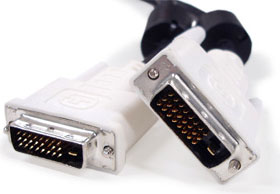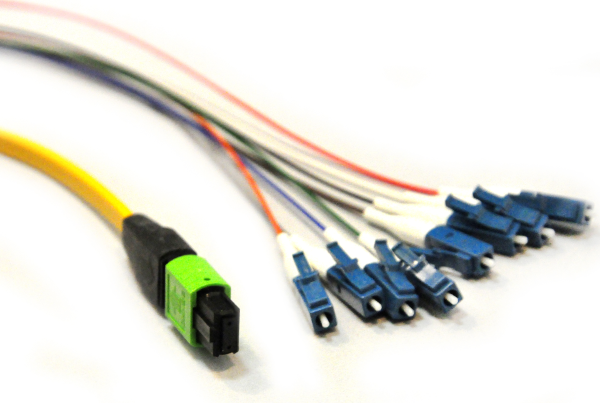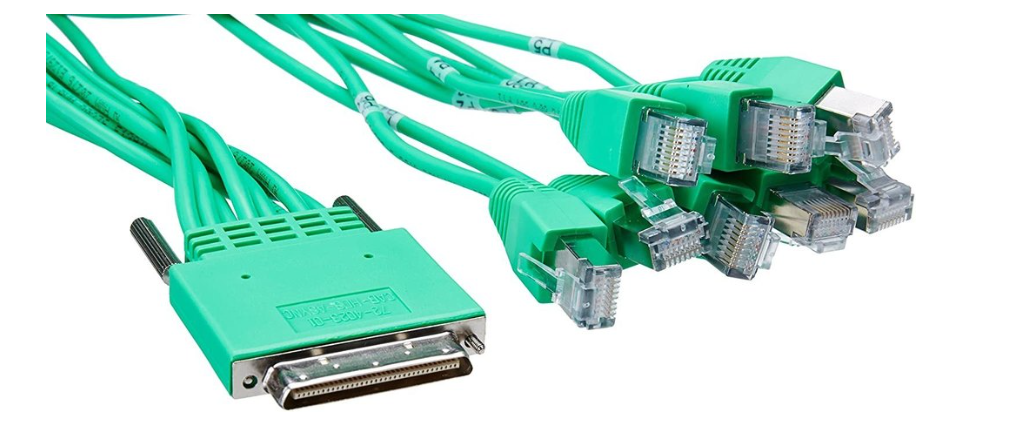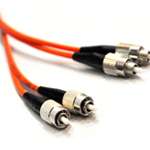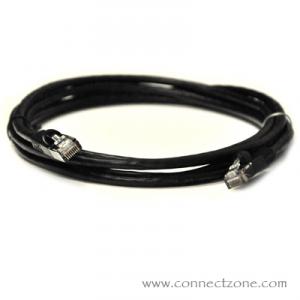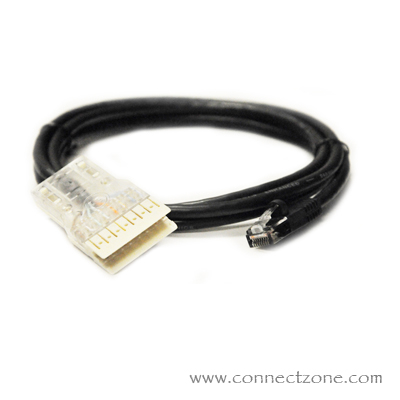We use cookies to make your experience better. Read more
- Read more
What Are Serial Ports?
A serial port is an asynchronous port on a computer used to attach a serial tool to the PC and is capable of transmitting one bit at a time. Serial ports are usually diagnosed with IBM compatible PCs as communications (COM) ports. As an instance, a mouse might be connected to COM1 and a modem to COM2. It serves as an interface that permits the flow of data. It's the oldest sort of interfaces that are typically used to connect printers and external modems to the PC. Cutting edge serial ports are utilized in medical gadgets, cash registers and software’s like business equipment structures. The data transfer speed of the serial port is slow when compared to the parallel ports.What is Serial Port Used for?
Commonly, a serial port is a male port, while a parallel port is a female port. Machine useful resource configurations are decided - Fiber optic cable is substituting the copper cable for communication. One primary purpose of using the fiber optic cable is that it covers a vast distance of phone systems and network platforms, for example, school campuses and office buildings and industrial plants, and electric power agencies. Additionally, current fiberoptic cable is capable of operating at an astonishing speed to fulfill the ever-growing requirements of infrastructure. In today’s blog, we're getting to exemplify the fiber optic cable speed, that includes single mode fiber and multimode fiber speeds too. Fiber optic cable contains strands of optically pure glasses. These strands of glass are thinner than a human hair and can convey electronic data over a far distance. Digital signals are sent as pulses of light without any hindrance or limit. In this manner, the electronic transfer process is faster and much more reliable. Fiber-opticRead more


